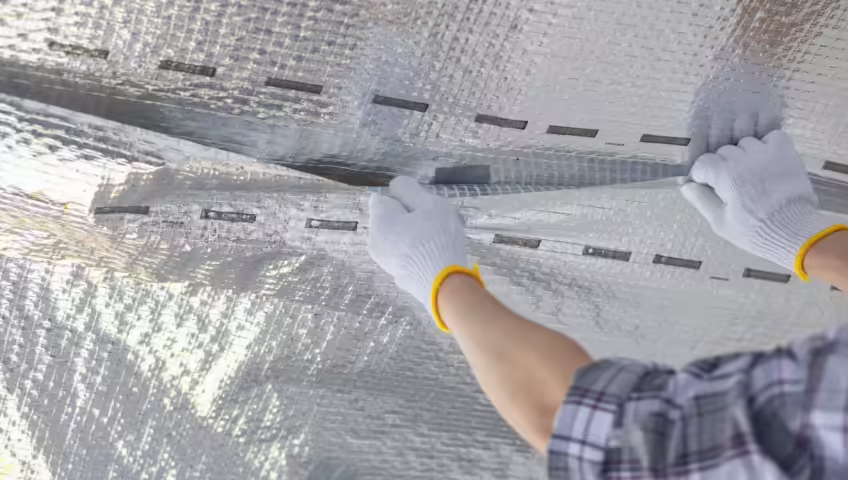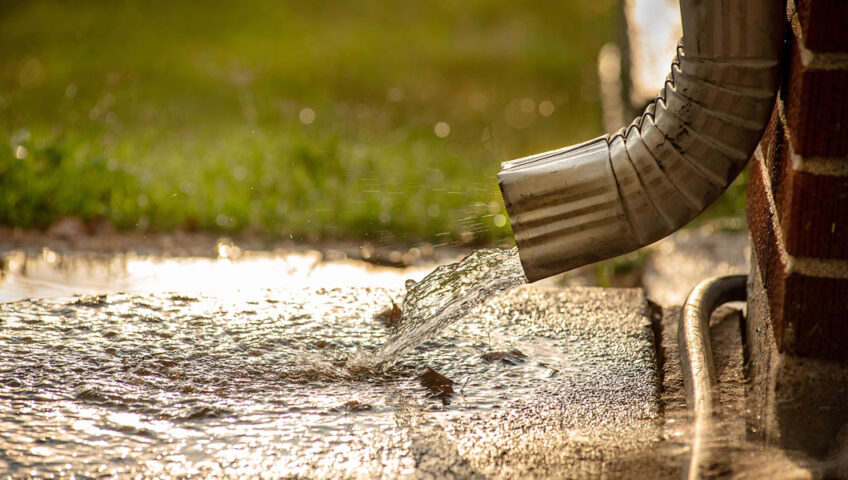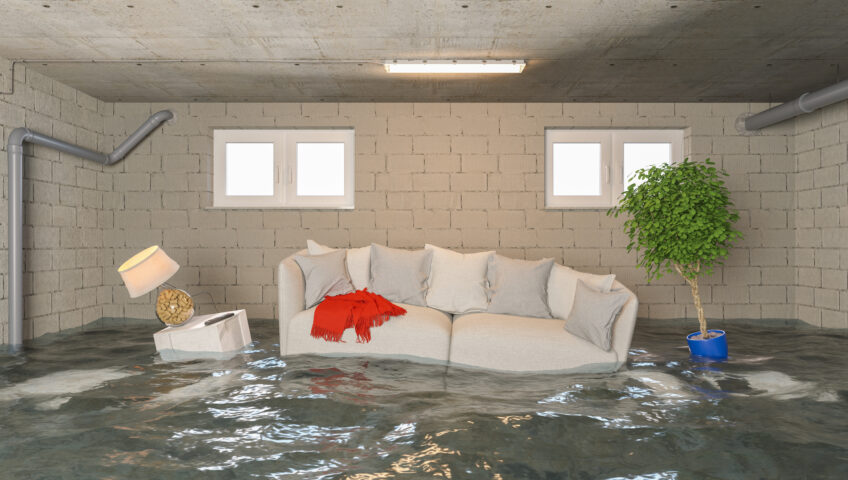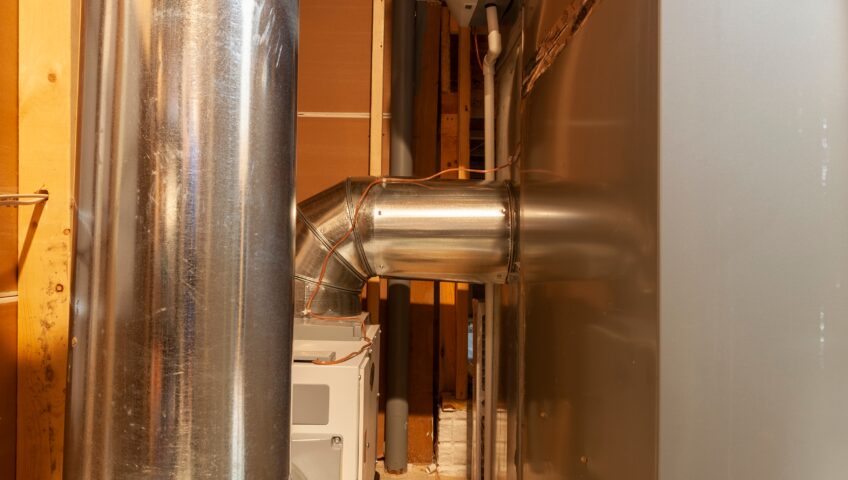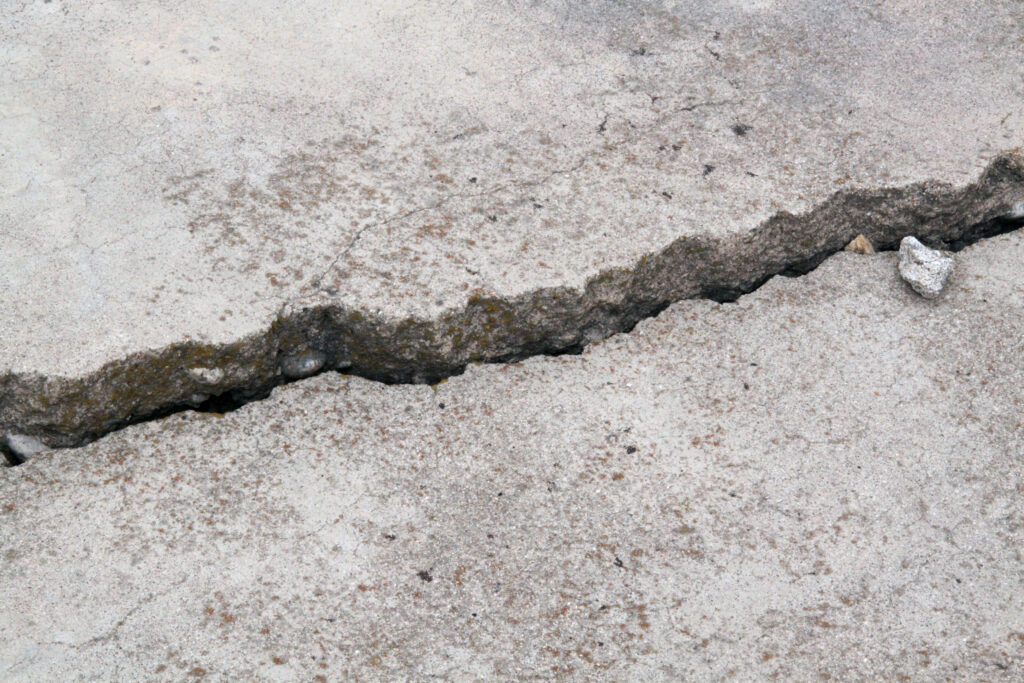Any time you spot damage to your wood, it can feel daunting. Is it wood rot? Is it termites? In any case, you may need to act quickly to take care of the damage. However, correctly identifying the source of your wood damage is key to successfully eradicating it–and ensuring that future damage does not occur. If you suspect either termites or wood rot, professional support can help you figure out the cause of the damage and take care of any problems.
Spotting Termite Damage
There are several common signs that could indicate that you have termites. First and foremost, of course, if you see termites actively moving through your space, you should reach out to an exterminator as soon as possible. Other signs include:
- Mud tubes: Tunnels that connect from underground colonies to areas you can see
- Hollow-sounding wood: If wood sounds more hollow than it should, it could be because termites damaged the core of the wood
- Discarded wings: Termite wings on the floor or walls
- Frass: Termite droppings, often on the walls or floor
Regular inspections can help keep termites from getting out of control. You should also eliminate any sources of moisture since termites prefer to live in wet areas. Use termite-resistant materials in your building since that can prevent them from getting in. Finally, if you do have termites, chemical treatments can eradicate them.
Spotting Wood Rot
Wood rot, especially wood rot caused by fungi, can have several obvious signs. If you noticed damaged wood, take a look in the area and see if you notice:
- Discolored or softwood: Wood that is a different texture than other, similar wood or that has grown discolored over time
- Fungal growth: An obvious sign of wood rot, fungal growth indicates that there is excess moisture in the wood and that it has grown fungus
- Musty odor: If you have a musty, mold-like odor in a specific room or area or near obviously damaged wood, it could indicate that wood rot is the source of your problems
Proper ventilation can go a long way toward preventing wood rot. Using painted or sealed wood also decreases the risk of rot. Finally, make sure that you repair damaged wood quickly so that the damage does not have a chance to grow. Wood preservatives can also help treat and repair damaged wood.
Understanding Termite Damage vs Wood Rot
If you notice wood damage, check out these key differences to determine whether you likely have a termite problem or you’re dealing with wood rot.
- Appearance: Look for mud tubes, which could indicate termites, or discoloration on the wood, which is more likely to indicate wood rot.
- Texture: Termite damage will leave you with hollow wood, while wood rot usually causes soft, crumbly wood.
- Odor: If you notice a musty smell, wood rot is often to blame.
Both termite damage and wood rot cause structural damage and professional intervention. Failure to bring in a professional could leave you with more damage than anticipated–and it can be even more expensive to remedy once it gets out of control. Have a professional assessment as soon as possible so that you can better determine what likely caused the damage to your property and how you can fix it.
Trust Smouse Bros for Expert Wood Repair & Restoration
If you’re in Missouri, Northwest Arkansas, or the Ozark region, Smouse Bros can help with your wood repair and restoration needs. Whether you have termites or wood rot, contact us for an assessment, including the information you need to figure out your next steps in dealing with termites, wood rot, moisture problems, and more.
Image Credit: Musthafa Sabil Arrasyad / Shutterstock


